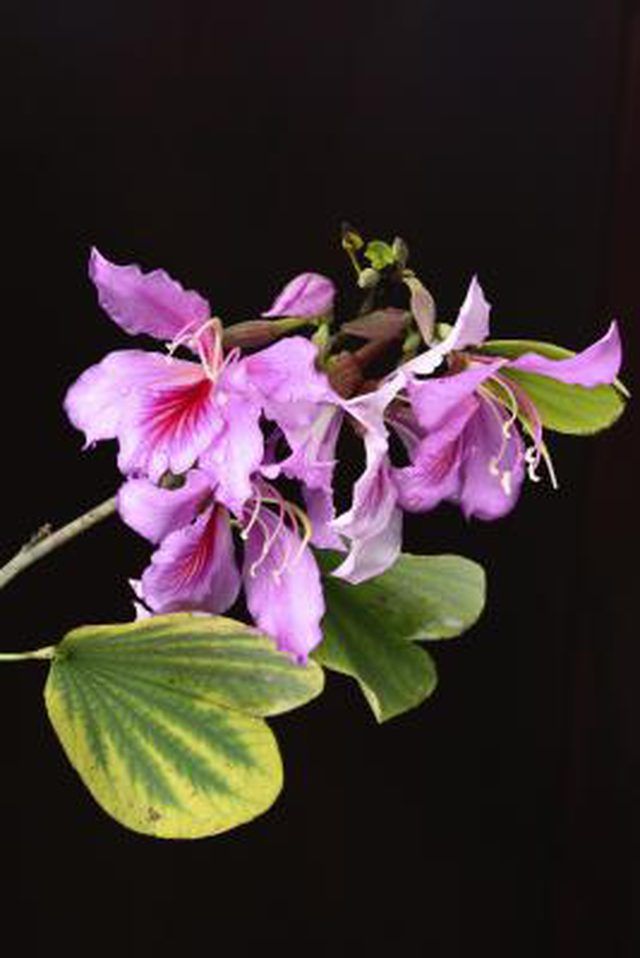Bulbs
Flower Basics
Flower Beds & Specialty Gardens
Flower Garden
Garden Furniture
Garden Gnomes
Garden Seeds
Garden Sheds
Garden Statues
Garden Tools & Supplies
Gardening Basics
Green & Organic
Groundcovers & Vines
Growing Annuals
Growing Basil
Growing Beans
Growing Berries
Growing Blueberries
Growing Cactus
Growing Corn
Growing Cotton
Growing Edibles
Growing Flowers
Growing Garlic
Growing Grapes
Growing Grass
Growing Herbs
Growing Jasmine
Growing Mint
Growing Mushrooms
Orchids
Growing Peanuts
Growing Perennials
Growing Plants
Growing Rosemary
Growing Roses
Growing Strawberries
Growing Sunflowers
Growing Thyme
Growing Tomatoes
Growing Tulips
Growing Vegetables
Herb Basics
Herb Garden
Indoor Growing
Landscaping Basics
Landscaping Patios
Landscaping Plants
Landscaping Shrubs
Landscaping Trees
Landscaping Walks & Pathways
Lawn Basics
Lawn Maintenance
Lawn Mowers
Lawn Ornaments
Lawn Planting
Lawn Tools
Outdoor Growing
Overall Landscape Planning
Pests, Weeds & Problems
Plant Basics
Rock Garden
Rose Garden
Shrubs
Soil
Specialty Gardens
Trees
Vegetable Garden
Yard Maintenance
How to Care for an Orchid Tree
How to Care for an Orchid Tree. Orchid trees (Bauhinia spp.) become low-maintenance ornamental additions to the landscape once they're established. They prefer to grow in sheltered areas to reduce cold and wind-chill and offer a show of open-throated blooms in return for modest care. Also called ebony trees, orchid trees grow in U.S. Department of...

Orchid trees (Bauhinia spp.) become low-maintenance ornamental additions to the landscape once they're established. They prefer to grow in sheltered areas to reduce cold and wind-chill and offer a show of open-throated blooms in return for modest care. Also called ebony trees, orchid trees grow in U.S. Department of Agriculture plant hardiness zones 9 to 11.
Assets & Dangers
Notable for their showy bloom clusters and two-lobed leaves, orchid trees produce sweet-smelling flowers in white and shades of pink, lavender, purple and magenta. The tree tends to be attractive year-round as it begins blooming slightly before or after losing its leaves. The Hong Kong orchid tree (Bauhinia blakeana), USDA zones 9b to 11, is evergreen and produces magenta flower clusters. This species is less winter hardy than most of the other orchid trees and may be badly damaged by frost and freezes. All species create debris from falling petals, and the deciduous trees drop leaves. Parts of some orchid tree species are poisonous.
Temperature, Soil, Light & Water
All varieties of orchid tree do best when protected from temperature extremes. The tree grows fairly fast, prefers mildly acidic, well-drained, loam, sandy or clay soil. It thrives in a soil pH 5.5 to 6.5 and prefers full sun or intermittent shade. The tree is drought-tolerant once established, and its need for water can usually be met with seasonal rains. Water periodically during dry periods and avoid over-watering.
Food & Bugs
Feed your orchid tree general landscape fertilizer in March and June for its first three years, Penn State advises. For example, mix 1 tablespoon of water-soluble fertilizer in 1 gallon of water in a watering can. Alkaline soil can cause yellowing foliage. Apply a fertilizer that contains chelated iron fertilizer to correct this. A common fertilizer for blooming plants containing chelated iron has the same mixing instructions as the general fertilizer, or follow the manufacturer's instructions. This fuss-free tree doesn't tend to attract pests, although caterpillars may feed on it. If caterpillars cause more holes in the foliage than you can stand, a product containing Bacillus thuringiensis offers an ecofriendly method of control. Use a spray version and apply it where needed.
Trunk & Branch Shaping
For optimum shape and branch strength, the orchid tree requires pruning. Sterilize pruning tools before and after use with a solution of 1 part household bleach to 9 parts water and allow to air-dry. Prune after the blooms are spent. The tree tends to grow more than one trunk, but you can shape it to have a single trunk by using sterilized loppers to remove the undesired additional trunks. Alternatively, keep three trunks. Prune off low branches to create a higher canopy for a pleasing shape and clearance. Its branches tend to curve down from their own weight and sometimes break. Pruning the branches after each blooming season reduces this tendency.